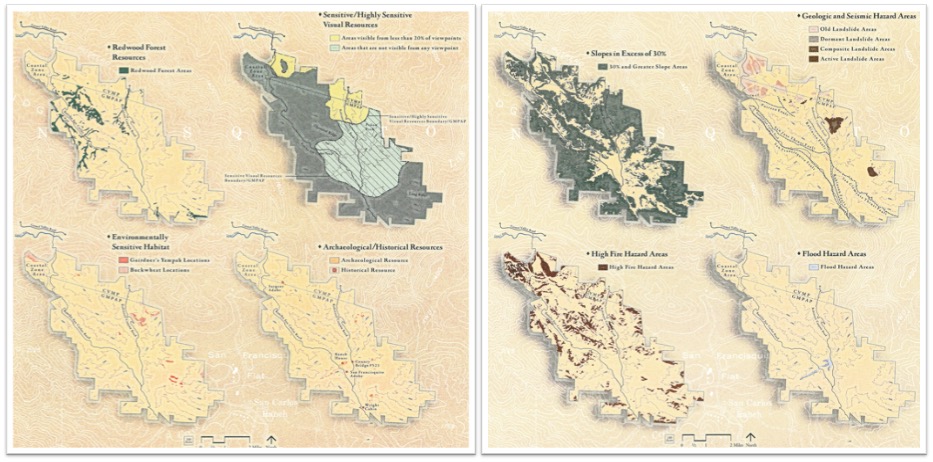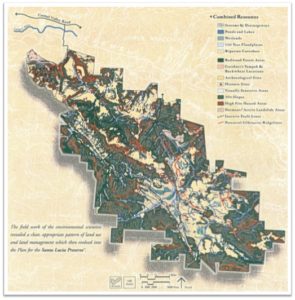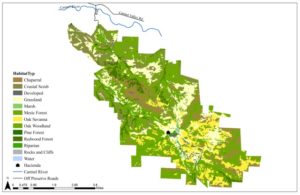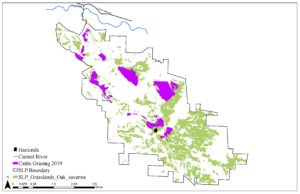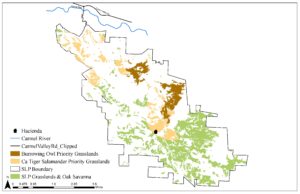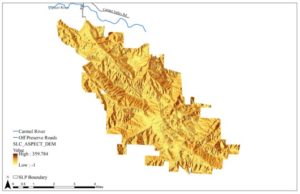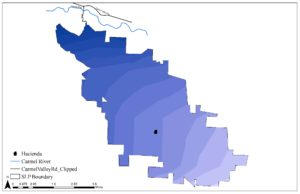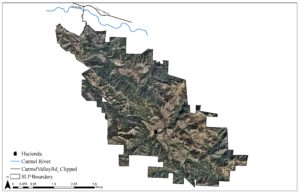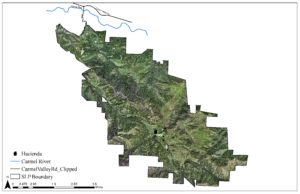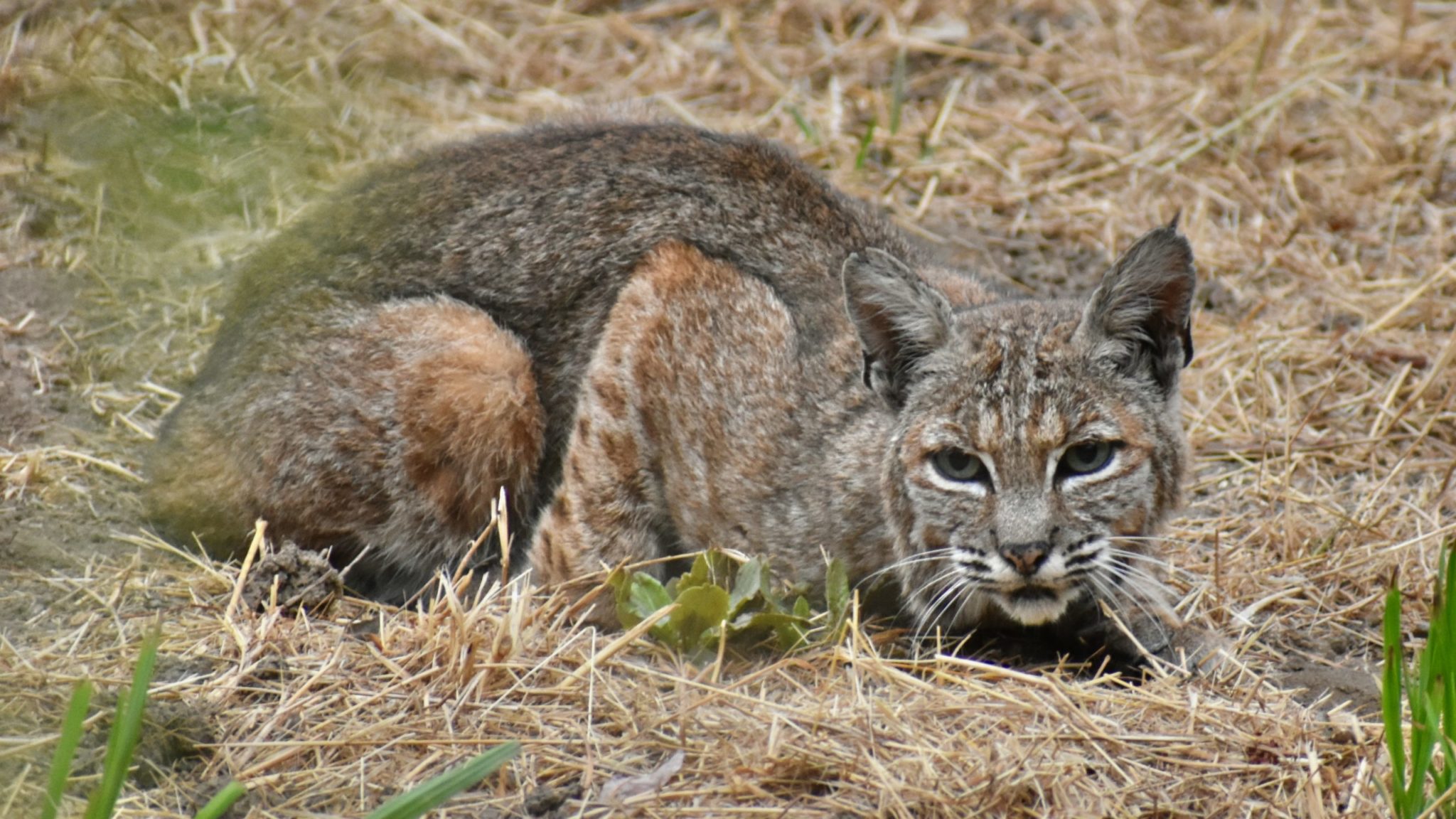The oldest recorded map in human history is from 6th Century Babylonia, but we have likely been using mental and depicted maps for much longer. Holding far more information than ‘x marks the spot’, maps have been critical to early civilizations finding and revisiting food sources, explorers sailing around the world, a landowner showing the extent of their land grant and in modern times, finding that new restaurant we want to try. Maps are an effort to define the landscape around us and put ourselves into that context while gaining a deeper understanding of the imprints we leave on the land. Maps have facilitated a “Sense of Place” long before the term was even coined.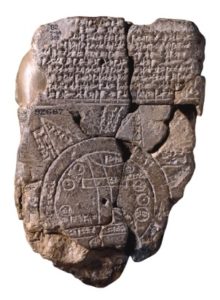
A “Sense of Place” has been defined as a strong identity that is deeply felt by inhabitants and visitors and often supports the protection and engagement with that place.
If you immediately thought of your connection and attachment to The Preserve, you are not alone. The Preserve, throughout its history, has drawn visitors and residents in with its sweeping vistas, splendid color pallet of grasslands and forests, and iconic wildlife populations. It was this deep Sense of Place that inspired the idea of a Conservation Community . In the early days of The Preserve that often indescribable sense was thoughtfully protected using imagery and maps. Layer by layer, the incredible complexity of Preserve lands were studied, mapped and assembled into a visual representation of The Preserve, which guided the future of the community’s design and construction.
